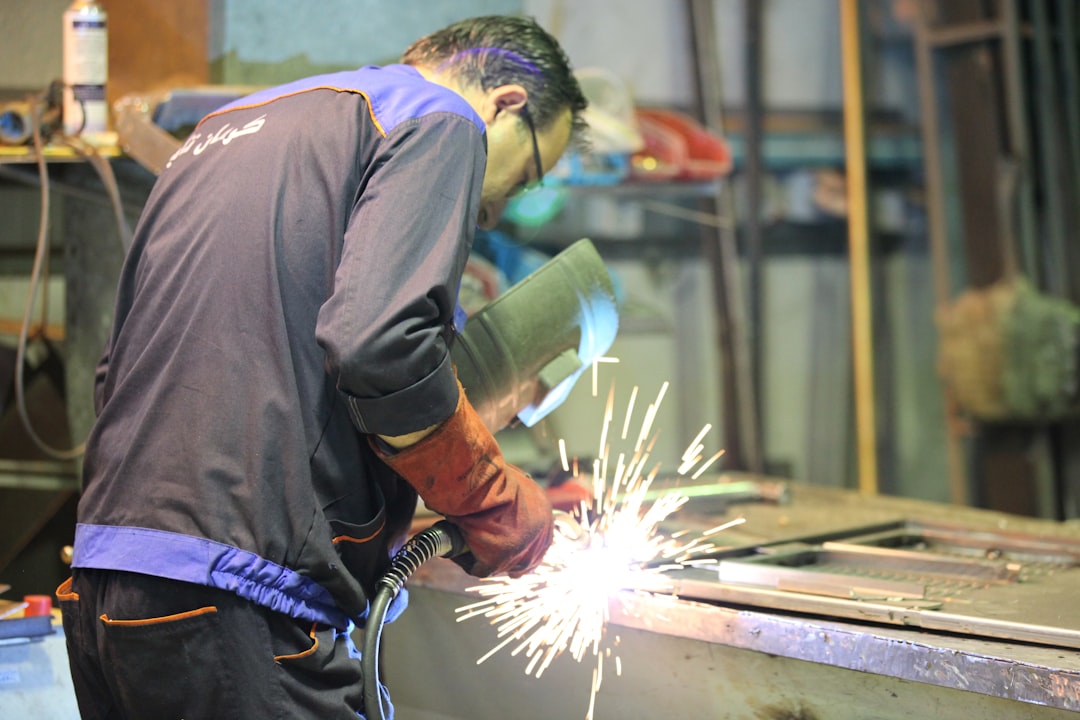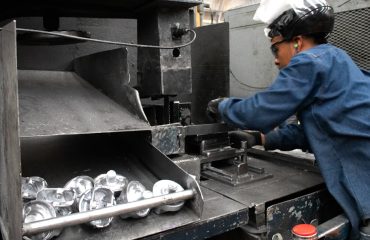Steel is a ubiquitous material in modern civil engineering, forming the backbone of countless structures from skyscrapers to bridges. A thorough understanding of steel design, fabrication, and construction is therefore crucial for any aspiring or practicing civil engineer. This comprehensive guide explores the essential aspects of steel training for civil engineers, outlining key areas of knowledge and highlighting the importance of continuous professional development.
Understanding Steel Design Principles
This section delves into the fundamental principles governing steel design. It covers topics such as:
- Material Properties: Understanding the yield strength, tensile strength, and ductility of various steel grades is paramount. Engineers must be able to select the appropriate steel grade based on the project’s specific requirements and loading conditions. This includes familiarity with different steel standards (e.g., ASTM, EN).
- Load Calculations: Accurate load calculations are the foundation of any structural design. This involves considering dead loads, live loads, wind loads, seismic loads, and other relevant factors. Engineers must be proficient in using appropriate design codes and standards to determine the forces acting on steel members.
- Stress Analysis: Understanding stress and strain behaviour in steel members is crucial for ensuring structural integrity. This includes familiarity with concepts like bending stress, shear stress, axial stress, and buckling. Engineers need to be able to analyze stress distributions and determine the critical sections of a steel member.
- Design Codes and Standards: Adherence to relevant design codes and standards (e.g., AISC, Eurocode 3) is essential for ensuring the safety and reliability of steel structures. Training should encompass a thorough understanding of these codes and their application in practical design scenarios.
Steel Fabrication Processes and Techniques
This section explores the practical aspects of steel fabrication, encompassing:
- Cutting and Shaping: Understanding different cutting methods (e.g., oxy-fuel cutting, plasma cutting, laser cutting) and shaping techniques (e.g., rolling, bending, punching) is crucial for efficient and accurate fabrication. This knowledge helps engineers communicate effectively with fabricators and ensure the quality of the finished product.
- Welding Techniques: Welding is a critical aspect of steel construction. Civil engineers should have a basic understanding of different welding processes (e.g., SMAW, GMAW, FCAW) and their suitability for different applications. This knowledge enhances communication and allows for effective quality control during construction.
- Connection Design: Proper connection design is crucial for the structural integrity of steel structures. Engineers must be familiar with different connection types (e.g., bolted connections, welded connections) and their respective design considerations. This includes understanding the importance of proper bolt tensioning and weld quality control.
- Quality Control and Inspection: Ensuring the quality of fabricated steel components is paramount. Engineers should be familiar with relevant quality control procedures and inspection techniques to ensure that the fabricated components meet the design specifications.
Steel Construction Methods and Practices
This section covers the practical aspects of erecting steel structures, including:
- Erection Planning and Sequencing: Careful planning and sequencing of erection activities are crucial for efficient and safe construction. Engineers need to understand the logistical challenges involved in erecting large steel structures and develop strategies to mitigate potential risks.
- Lifting and Handling: Safe lifting and handling of steel members are critical for worker safety. Engineers should be familiar with appropriate lifting equipment and techniques to prevent accidents.
- Temporary Supports and Bracing: Temporary supports and bracing are often necessary during construction to maintain stability and prevent collapse. Engineers need to design and implement appropriate temporary support systems.
- Field Welding and Bolting: Field welding and bolting are often necessary during construction. Engineers should understand the procedures and quality control measures required for these activities.
Software Applications for Steel Design
Proficiency in relevant software is crucial for modern steel design. This includes:
- Structural Analysis Software: Software like ETABS, SAP2000, and RISA-3D are commonly used for structural analysis and design. Engineers need to be proficient in using these tools to analyze complex steel structures and generate design drawings.
- Steel Detailing Software: Software like Tekla Structures and AutoCAD are used for creating detailed drawings of steel components. Engineers need to be able to use these tools to generate accurate and complete shop drawings for fabrication.
- Connection Design Software: Specialized software is available for designing steel connections. This software helps engineers optimize connection designs for strength, efficiency, and cost-effectiveness.
Continuing Professional Development in Steel Engineering
The field of steel engineering is constantly evolving, with new materials, techniques, and software emerging regularly. Continuing professional development (CPD) is therefore essential for civil engineers to stay current with the latest advancements. This can involve attending workshops, conferences, and online courses, as well as participating in professional organizations and networking with other professionals in the field. Staying updated ensures engineers can leverage the best practices and technologies, leading to safer, more efficient, and cost-effective steel structures.
By focusing on these key areas, civil engineers can build a robust understanding of steel and its application in the construction industry. This knowledge is not only essential for career advancement but also crucial for ensuring the safety and longevity of the structures we build.




